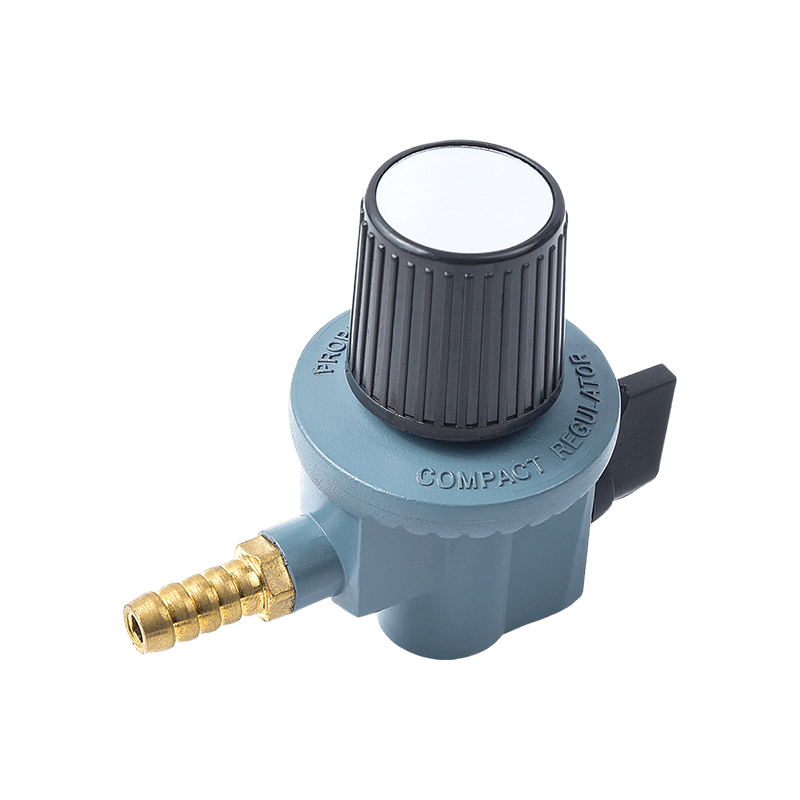1. Stability in high temperature environments
In many industrial applications, gas regulators need to operate in high temperature environments. Equipment in the petrochemical and metallurgical industries often face high temperature operating conditions, so high-pressure gas regulators must have heat resistance. Modern regulators usually use high-temperature resistant materials, such as special alloys and high-strength plastics, to ensure that there is no deformation or performance degradation at high temperatures.
2. Improvement of pressure resistance
High-pressure gas regulators often need to withstand extremely high working pressures in industries such as petrochemicals and metallurgy. High-pressure environments place higher demands on the design of regulators, and the valve body and connecting parts of the regulator must be able to withstand impact and long-term pressure loads. Many high-pressure gas regulators adopt a reinforced design and use high-strength metal materials to ensure that the structural integrity and stability can be maintained under high pressure.
3. Corrosion resistance
In the petrochemical industry, the corrosiveness of the gas may cause the performance of the regulator to deteriorate, or even cause safety hazards. To meet this challenge, modern high-pressure gas regulators usually use corrosion-resistant materials, such as stainless steel or special alloys. These materials have corrosion resistance and can be used for a long time in harsh working environments. In addition, the surface treatment process of the regulator, such as anodizing or spraying, can also further improve its corrosion resistance and ensure the reliability of the equipment in harsh environments.
4. Anti-vibration and anti-shock design
In many industrial occasions, vibration and shock of equipment are inevitable, especially in heavy machinery and chemical equipment. High-pressure gas regulators must have good anti-vibration and anti-shock capabilities to prevent equipment failures caused by vibration. To this end, many high-pressure gas regulators use shock-absorbing materials and structures in their designs, which can effectively absorb external impact forces and ensure that the regulators can still operate normally in a vibrating environment.
5. Intelligent environmental adaptability
With the advancement of industrial automation, high-pressure gas regulators are gradually developing in an intelligent direction. Intelligent high-pressure gas regulators can monitor parameters such as temperature and pressure in real time through built-in sensors, automatically adjust the working state, and ensure that they always maintain the working state in harsh environments. This intelligent design not only improves the adaptability of the equipment, but also reduces manual intervention and reduces operational risks.
6. Multifunctional design to cope with multiple environments
The multifunctional design of the high-pressure gas regulator enables it to adapt to a variety of harsh environments. In different application scenarios, regulators may need to meet multiple requirements such as high temperature, high pressure and corrosion at the same time. Therefore, many modern high-pressure gas regulators adopt a modular design, allowing them to be configured according to specific application needs.

 EN
EN English
English 中文简体
中文简体
















